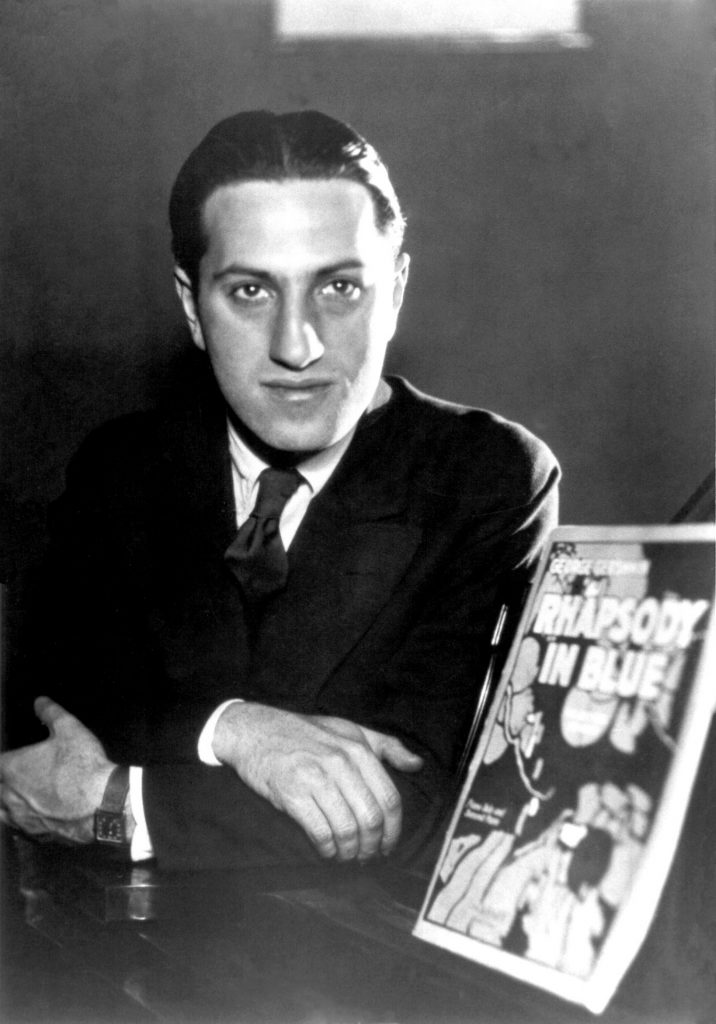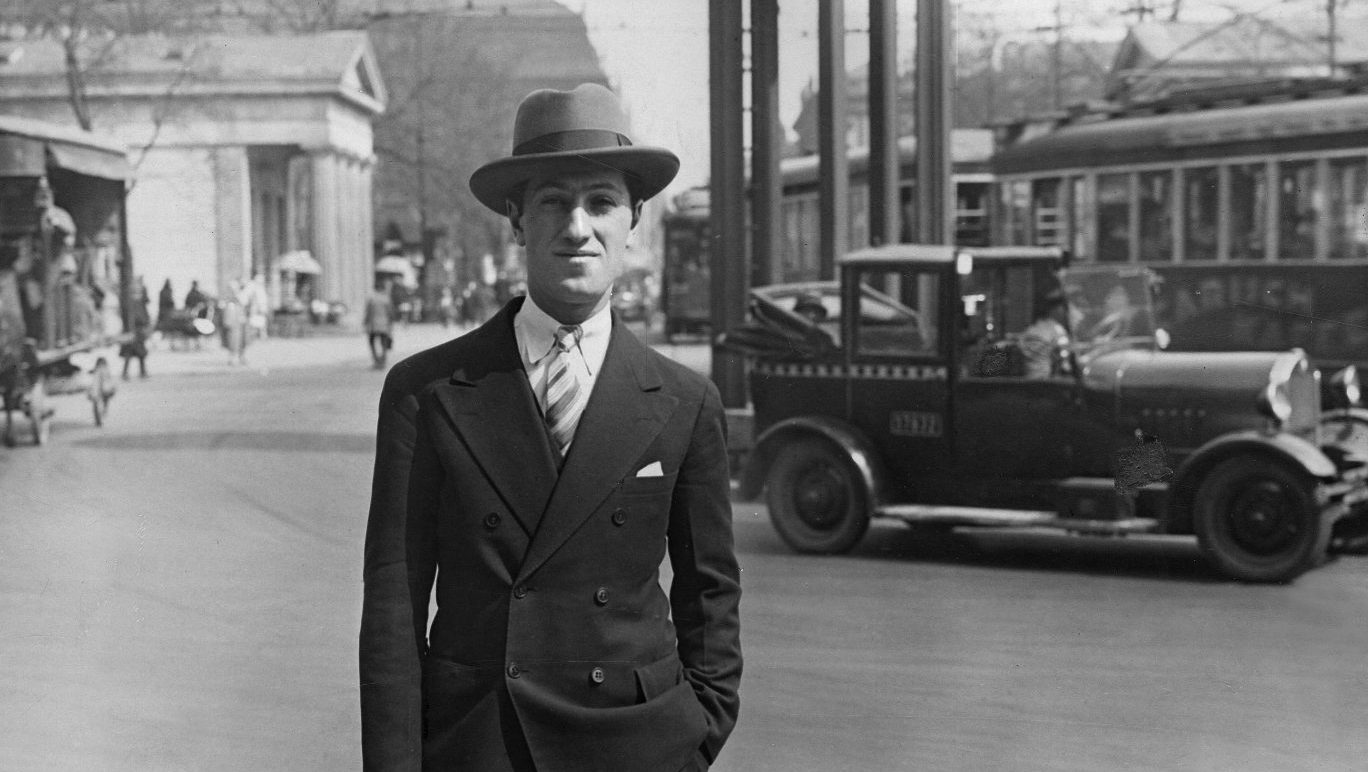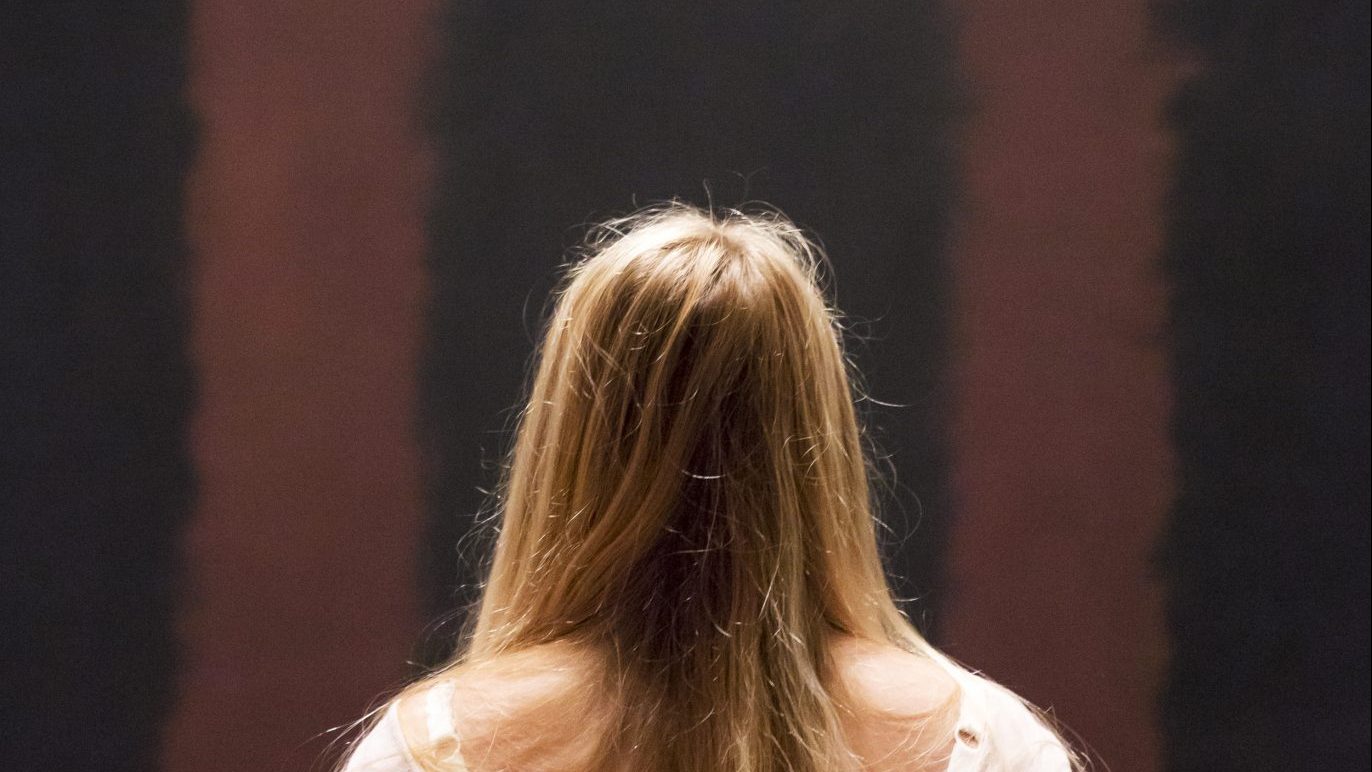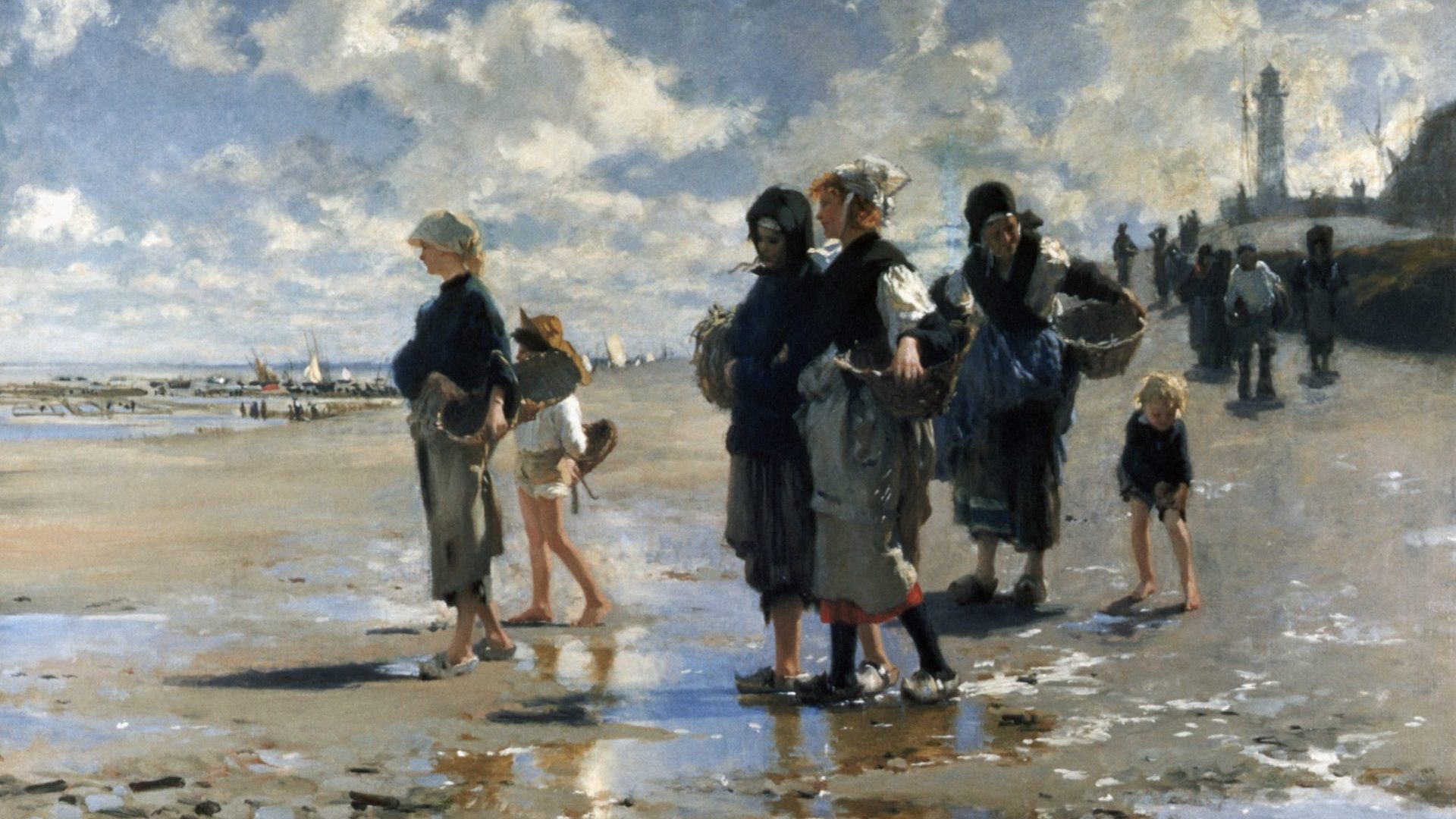On a cold night in January, one hundred years ago in Manhattan, the Gershwin brothers were playing a late-night game of billiards. Their fun was shattered when Ira Gershwin picked up a newspaper and read about the premiere of his brother’s new jazz concerto just weeks later — a work that didn’t exist.
In a panic, George set to work — he already had a musical to finish, so often worked on his concerto while on the train.
But he did it. On February 12, 1924, Gershwin performed Rhapsody in Blue to a packed audience that had braved the snow to come to Manhattan’s Aeolian Hall, with only some of the piano part written down. He improvised sections he had not yet written.
Today, Rhapsody in Blue, with its instantly recognisable opening clarinet glissando, ragtime rhythms and use of blue tones, is iconic. But it may not have been — a blending of American jazz with European symphonic music, it was conceived as an experiment at a time when ‘elevated’ classical and the popular definitely did not mix in rarified American music circles.
After the adventurous Gershwin’s gamble succeeded, he went on to become one of the biggest musical names the United States ever produced, a crossover star before the term was even invented. Together with his brother, he also became a dominant figure in the Great American Songbook.
“I see the Gershwins as the prophets of American culture, because they saw the possibilities of combining and infusing ideas that other people thought ‘it’s wrong, you shouldn’t do that. Gershwin showed a pathway where magic happened,” says Mark Clague, musicology professor at Michigan University and Director of the Gershwin Initiative.
The sophistication and the harmonies of Gershwin’s jazz standards such as Man I Love, I’ve Got Rhythm and ’S Wonderful, provided the soundtrack for America through the roaring 20s and beyond. Tall, dark, elegant, he cut the figure of an All-American, Gatsby-Era dandy.
Yet this isn’t simply about a talented young New Yorker finding fame. Like many others who defined 20th-century America’s musical soul, Gershwin’s celebrity is the pinnacle of a family story that began a world away from the modern, thrusting metropolis of Manhattan. And his attitude to music was more open-minded and imaginative because of it.
Born Jacob Gershwine in 1898, he was the grandson of a mechanic for the Imperial Russian Army — Jakov Gershowitz, a Russian Jew born in Odessa. George’s father, Moishe, cut leather for women’s shoes in St Petersburg. His mother, Roza, was born there. The pair separately emigrated to the US amid growing anti-semitism in Russia. They met there, became Morris and Rosa Gershwine, and had four children, including Israel, who became Ira.
It’s a story typical of many composers and lyricists associated with the Great American Songbook — Stephen Sondheim (German and Lithuanian Jewish heritage); Oscar Hammerstein II (German Jewish heritage); Lorenz Hart (grand nephew of the German poet Heinrich Heine), almost all have parents or grandparents from Europe, many of them Jews fleeing persecution. Even Al Jolson — the phenomenally successful American performer — was born Asa Yoelson in a village in the Russian Empire to a family of Lithuanian Jews.
In the new biopic Maestro, Leonard Bernstein (Jewish parents from Ukraine), bonds with his equally cosmopolitan wife, the Chile-educated Costa Rican-American actress and activist Felicia Montealegre over their multifaceted backgrounds, telling her: “You are very similar to me, because you had to take all the pieces, all the bits of you scattered across these varied landscapes and form, create the veritable person that stands before me. That is why you and I are able to endure and survive.”
Even so, many were born in the US or came when they were very young. Gershwin was a native New Yorker, a second-generation immigrant born in Brooklyn and raised as an American. He learned the piano during a childhood in and around the tenements of Manhattan and began to ply his trade demonstrating songs on the piano as a “song plugger” to boost sales of music in Tin Pan Alley — the fulcrum of music publishing.
What was pivotal was that all around him were sights and sounds from afar — his milieu, the cultural melting pot of early 20th century New York.
“What’s fascinating about Gershwin is that he had a very synthetic view of the world,” Clague says. Manhattan — originally a Dutch colony — was an island of immigrants. Growing up in probably the most cosmopolitan part of the US, Gershwin developed “a musical ear that was tuned to the world.”
The premiere of Rhapsody in Blue was itself dedicated to musical cultural mixing, witnessed by some of the increasingly influential European-origin musicians in the US, including Sergei Rachmaninov, self-exiled after the Russian Revolution, Austrian violinist Fritz Kreisler, later a naturalised American, and British conductor Leopold Stokowski.
Gershwin contributed liberally to the Great American Songbook, from Fascinating Rhythm and Embraceable You to the simple, searing tones of Summertime. Even more prolific was Irving Berlin. His songs, including Puttin’ on the Ritz, White Christmas and There’s No Business Like Show Business dominated Broadway and Hollywood and garnered him Grammy, Oscar and Tony awards. As another legendary Songbook composer, Jerome Kern — son of a Jewish German immigrant — wrote: “Irving Berlin IS American music”.
Yet, for years, Berlin wasn’t even American. Israel Beilin was born in 1888 in Imperial Russia, where his family lived in a shtetl. His father, Moses, was an itinerant cantor. At the time anti-semitic attacks against Russian Jews were growing following the Tsar’s assassination, and Berlin told his biographer that his earliest memory “was of lying with the rest of the family beside a road, wrapped in a blanket, watching as his home and village were burned in a pogrom.” They fled to a Dutch port and bought passage to the US.
Young Israel worked as a “singing stooge” — like Gershwin, performing in public to help boost sheet music sales — then a singing waiter in Chinatown. He changed his name and began to write songs, drawing on his everyday observations in the same multicultural melting pot.
He wrote liberally, in a vast range, from parodies, satire, vaudeville and ragtime to dance and film music, jazz standards and musicals, reflecting and influencing his new homeland. “If one can imagine an engineer leaning out of the front car to lay his own tracks, this is Berlin in America; he created the culture into which he would assimilate,” Jay Harman wrote in a paper for the University of Puget Sound.
A rare exception to the rule was Kurt Weill, writer of Mack the Knife, September Song and Surabaya Johnny, who fled Hitler’s Germany, arriving as an adult.
“He’s part of the German cultural scene, and then through a historical accident — Hitler — he winds up someplace where he would never normally have wound up,” says Joseph Horowitz, writer of “Artists in Exile: How Refugees from Twentieth-Century War and Revolution Transformed the American Performing Arts.
This, he tells me, makes Weill — who said he felt American as soon as he arrived — “a case study on cultural exchange.” Academics argued about whether this meant Weill had two distinct composing personae, and whether it was his Threepenny Opera period and his collaboration with Bertolt Brecht that was the true and better composer, or the era of Alabama Song and Street Scene, an opera reflecting life on the streets of Manhattan. Could one trace his songs and Broadway shows to the same German roots? One thing is clear — the ironic, even acerbic characteristics of a European are present throughout.
The immigrant influencer theme of “Artists in Exile” is even more evident in classical music, which welcomed immigrants such as Rachmaninov, Igor Stravinsky, a Russian with French and later American citizenship and the Austrian-born Arnold Schoenberg, as well as visitors such as Antonin Dvorak (Czech) and Maurice Ravel (French).
These Europeans urged Americans to break free of European classical music-worship and develop their own sound, and the message was most strongly received by the progressive European-heritage immigrants.
“America was much worse than Europe in the interwar decades in snobbishly dividing popular culture and high culture,” Horowitz says. “Americans were afraid of jazz — it speaks of the Ghetto, its … it’s déclassé, it’s Black. And they’re not sufficiently secure in their own cultural pedigree to feel they can deal with it.”
So it was left up to the outsiders and the marginalised. What they found and how they used it was exciting, complex — and problematic. For at the heart of their music was the sound not of willing immigrants, but melodies linked to a violent history of slavery.
There’s an oft-quoted prophecy by Dvorak, which appeared in the New York Herald in 1893: “The future music of this country must be founded upon what are called the negro melodies.”
Any serious and original American school of composition needs this as a foundation, he said. “In the negro melodies of America I discover all that is needed for a great and noble school of music. They are pathetic, tender, passionate, melancholy, solemn, religious, bold, merry, gay or what you will.”
When in America, Dvorak branched out from rarified concert halls to explore music coming out of Harlem and traditional Native American melodies, incorporating the sounds and ideas in his work, including the New World Symphony. He was fascinated by the burgeoning jazz, blues and other Black music such as plantation song. Similarly, Ravel and other Europeans composed music with ragtime and cakewalk influences.

There was little appetite for the kind of music Dvorak was advocating in mainstream, Euro-centric classical music circles. The critic Philipe Hale called Dvorak a “negrophile”, and Black music “white melodies appropriated by ignorant slaves.” There was even less chance for Black composers to present it themselves.
“Many pioneers of black music might have had major classical careers if the stage door of Carnegie Hall had been open to them, but, with few exceptions, it was not,” writes Alex Ross in his 20th-century music tome, The Rest is Noise.
He calls them the “Invisible men”: “To tell the story of American composition in the early 20th century is to circle around an absent centre. The great African-American orchestral works that Dvorak prophesied are mostly absent, their promise transmuted into jazz.”
Many of these men remained “invisible” even after the immigrant musicians of popular song enthusiastically embraced jazz and mine it for the rhythms, melodies and chords that underpin the Great American Songbook. This had complicated consequences. The music could be pastiched, the musicians uncredited — some sued. Stereotyping was evidenced by a still available video of Al Jolson singing Swanee in blackface. Others, including Berlin, also featured blackface and caricatured African Americans.
On the one hand, they platformed the work of the Black community and black musicians. Berlin also wrote for the sensational African-American singer Ethel Waters, including Harlem on my Mind, about a rich black young woman nostalgic for her roots, and the socially hard-hitting, innovative Supper Time, a lament by a black woman whose husband was lynched: “That man of mine ain’t coming home no more….”
Among the biggest enthusiasts was Gershwin, who was friends with the musicians of Harlem, and regularly visited to talk and play.
“There would be no Gershwin without black America. It’s one of the things that makes his musical world. It’s crucial,” Horowitz says. While growing in stature and therefore able to successfully promote types of music others could not, Gershwin still remained an outsider in American music. “It gave him a kind of flexibility that pedigreed classical composers didn’t have.”
This interest culminated with his opera Porgy and Bess, a tale of a disabled beggar and a cocaine addict trying to survive and find love in South Carolina’s Catfish Row, and impoverished settlement of former slaves.
Gershwin worked with black musicians and insisted they play all the black characters (the majority) — a rule that still holds today. An opera premiered on Broadway with eclectic music, it was a confusing modern invention like Rhapsody in Blue and initially flopped. It also drew criticism in Black circles.
Duke Ellington admitted it had “grand music and a swell play”, but said “the music did not hitch with the mood and spirit of the story,”….it does not use the Negro musical idiom.” He also referenced Gershwin’s propensity for “borrowing”.
Notably, Black musicians such as Scott Joplin, H. Lawrence Freeman and Shirley Graham du Bois had already written operas (with much less exposure), yet Porgy and Bess became the totemic opera of black experience.
“Certainly Gershwin did appropriate Black music…but I also think of Porgy and Bess as an activist work,” Clague tells me. “George is trying to do something specific to support his black colleagues. John Bubbles who played Sporting Life – it was basically his vaudeville act and Gershwin put it on stage within the context of opera. He didn’t have a chorus in blackface, which would have happened in a traditional white company. This was a choice…”
Even today, the depiction in Porgy and Bess of the grim poverty and hopelessness in which African Americans were forced to live, still resonates. Clague, who has prepared the score of Porgy and Bess as part of his Gershwin project, draws numerous parallels with the present day — the bias of white law enforcement, a hurricane that destroys poor communities, sexual misconduct and drug addiction.
And many black performers at the time were pleased to be offered such a platform. While Gershwin and some of the other European-heritage writers did use black music for their own gain, they also helped bring the style and later the musicians to the mainstream. Gershwin arguably opened the space for an – admittedly belated – flourishing of Black composers in opera today, such as Terence Blanchard’s Fire Shut Up in My Bones and Champion.
A more surprising aspect of Porgy and Bess is that, while it appears to be intensely American, it has strong — and unexpected — European influences. Gershwin visited Europe several times, meeting composers and studying their work — Ravel once wrote to Nadia Boulanger about Gershwin’s request for lessons, which he refused for fear of diluting the American’s innovative style.
But Gershwin was already incorporating European elements. Porgy and Bess has some debt to Bizet and Charpentier’s style, and even to Wagner, but according to the academic Christopher Reynolds, the deepest ties are to the expressionist Austrian composer Alban Berg’s avant-garde opera Wozzeck — from structure and plot events to a lullaby, ostinato or a detail of counterpoint.
From the dazzlingly popular Rhapsody in Blue to the emerging attraction for modernist classical works, the son of Russian immigrants had distilled jazz, Jewish music, American show tunes and the European classical genre for his own distinctive sound. Russians see him as one of their own, but when they hear his Concerto in F, the French also claim some ownership.
Who knows what revolutionary gems he might have produced if he hadn’t died of a brain tumour in 1937, aged 38?
Clague’s response is immediate. “His first symphony…There is some correspondence where he was musing about his first symphony.” Then he becomes misty-eyed. “Every time I read that it’s just like a knife to the heart that the piece does not exist.”




